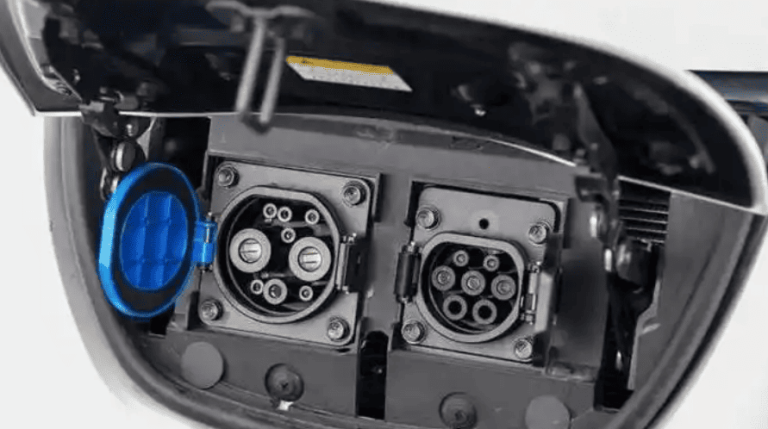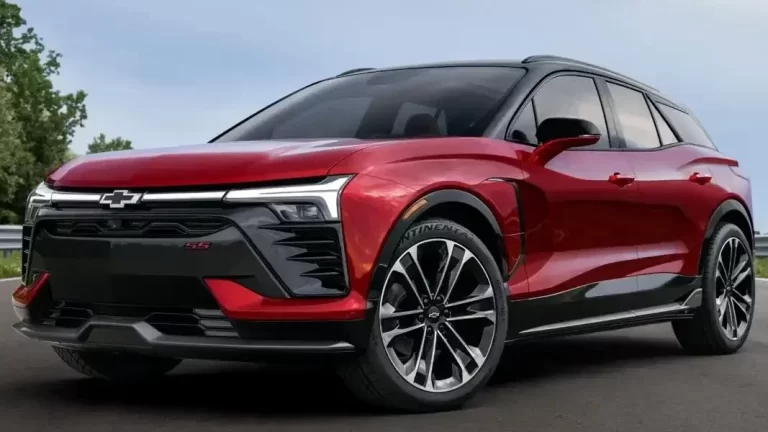Is it bad to charge ev to 100?

Is it bad to charge ev to 100?While fully charging your EV is not necessarily harmful or harmful right away, it can hasten long-term battery deterioration if you do it frequently. Battery chemistry, charging frequency, and temperature all affect the impact; contemporary battery management systems offer vital defense against the worst threats.
The Science Behind Battery Degradation at High States of Charge
Maintaining a high state of charge (SOC) puts a fundamental strain on lithium-ion batteries, which power almost all contemporary EVs. Lithium ions are tightly packed into the graphite anode at the molecular level when the battery is at or close to 100%. Over countless charge cycles, this produces mechanical stress that leads to microscopic cracks and structural breakdown in the anode, permanently lowering the battery’s capacity to hold a charge.
Concurrently, the electrolyte—the liquid that facilitates the movement of ions—undergoes faster decomposition at high voltage, forming a restrictive layer on the electrode surfaces. This phenomenon, known as Solid Electrolyte Interphase (SEI) growth, increases internal resistance and diminishes capacity. Furthermore, in extreme cases, prolonged high SOC can lead to lithium plating, where metallic lithium deposits on the anode’s surface instead of intercalating into it. This is not only irreversible but also poses a safety risk by increasing the potential for short circuits. While a single full charge causes negligible harm, the cumulative effect of consistently charging to 100% can significantly shorten the battery’s overall lifespan, potentially reducing its total capacity by 10-20% faster than if it were routinely charged to a lower level.
The Critical Role of the Battery Management System (BMS)
It is important to realize that an EV’s “100%” display frequently does not represent a true electrochemical full charge. By maintaining built-in buffers, the vehicle’s advanced Battery Management System (BMS) is intended to safeguard the battery. The BMS has actually withheld the top 2-5% of the battery’s actual capacity when you charge it to what the car indicates is 100%, preventing it from ever reaching a voltage threshold that could be seriously harmful.
The BMS is your first and most important line of defense. It meticulously regulates the entire charging process, slowing the charge rate to a trickle (taper charging) as it approaches the upper limit to reduce heat and stress. It also continuously monitors the temperature of each battery cell, activating cooling systems to maintain an optimal temperature range. If the battery gets too hot during charging, the BMS can drastically reduce charging power or even pause charging altogether until temperatures normalize. This complex system of safeguards means that even when you tell the car to charge to 100%, the vehicle’s computer is making constant adjustments to ensure it is done as safely as possible, mitigating but not entirely eliminating the long-term wear associated with high SOC.
Practical Guidelines: When to Charge to 100% and When to Avoid It
For daily driving and regular commutes, the optimal practice is to set your charge limit to 80-90%. This keeps the battery in its “comfort zone,” dramatically reducing the electrochemical stress that causes degradation, and is almost always sufficient for day-to-mileage needs. Most EVs allow you to set this limit easily through the infotainment screen or a mobile app, making it a simple “set it and forget it” routine.
However, there are sensible exceptions. When embarking on a long road trip where you will need to maximize your range between charging stops, charging to 100% is not only acceptable but recommended. The key is to time it so that you depart shortly after charging completes, avoiding letting the car sit at a high SOC for extended periods. Similarly, if you drive a vehicle with a Lithium Iron Phosphate (LFP) battery (common in standard-range Teslas and many other EVs), manufacturers actually recommend charging to 100% at least once a week. This is because LFP chemistry is more resistant to degradation at full charge and requires a periodic full cycle for the BMS to accurately calibrate and display the remaining range.
The Combined Impact of Fast Charging and High SOC
The method of charging compounds the effect of a high state of charge. DC fast charging is incredibly convenient but subjects the battery to high currents and significant heat. Using a fast charger to regularly push the battery to 100% combines two major stressors: the inherent heat and current from fast charging with the voltage stress of a full battery. This one-two punch can accelerate capacity loss more quickly than either factor alone.
For battery longevity, it is best to reserve DC fast charging for long journeys and rely on gentler Level 2 (AC) charging at home or work for daily needs. If you must use a fast charger to get to a high SOC, it is better practice to charge only to the level immediately needed for your trip rather than automatically going to the maximum. This approach minimizes the time the battery spends at the most stressful combination of high temperature and high voltage.
Conclusion: A Balanced Approach for Battery Health
In conclusion, fully charging your EV is a good idea in certain circumstances but a bad habit for everyday living. Because of the BMS’s protective oversight, the occasional full charge for a lengthy trip will have very little effect on your battery’s long-term health. On the other hand, charging to full capacity every time will hasten the vehicle’s deterioration over the years you own it.
The best way to extend the life of your EV’s battery is to use the built-in settings to limit daily charging to 80–90%, use AC charging whenever you can, and save 100% of your charge for times when you really need the maximum range. By comprehending the science and making use of the technology that is integrated into your vehicle, you can enjoy the benefits of electric driving while ensuring your battery remains healthy for years to come.




































































































































